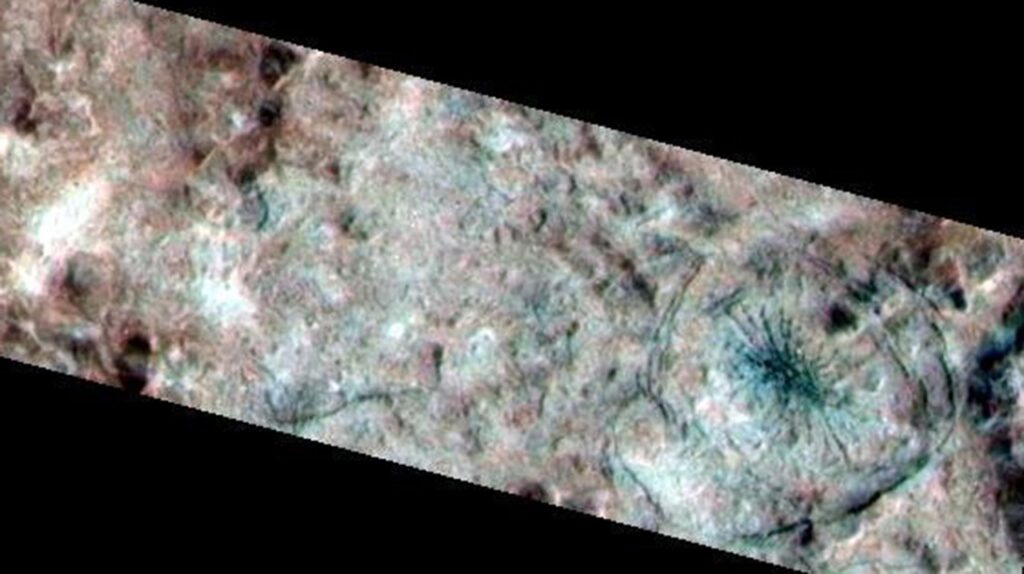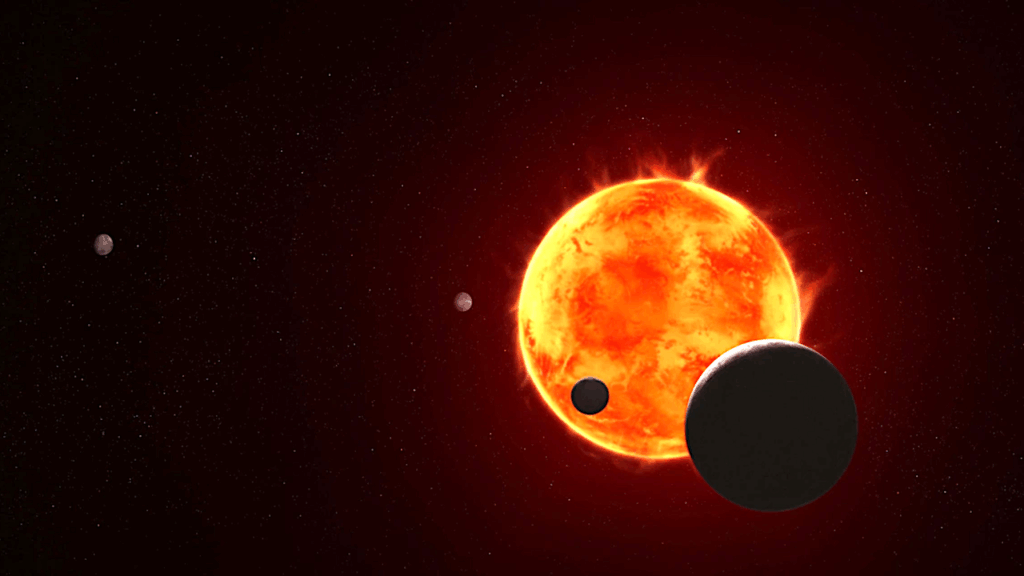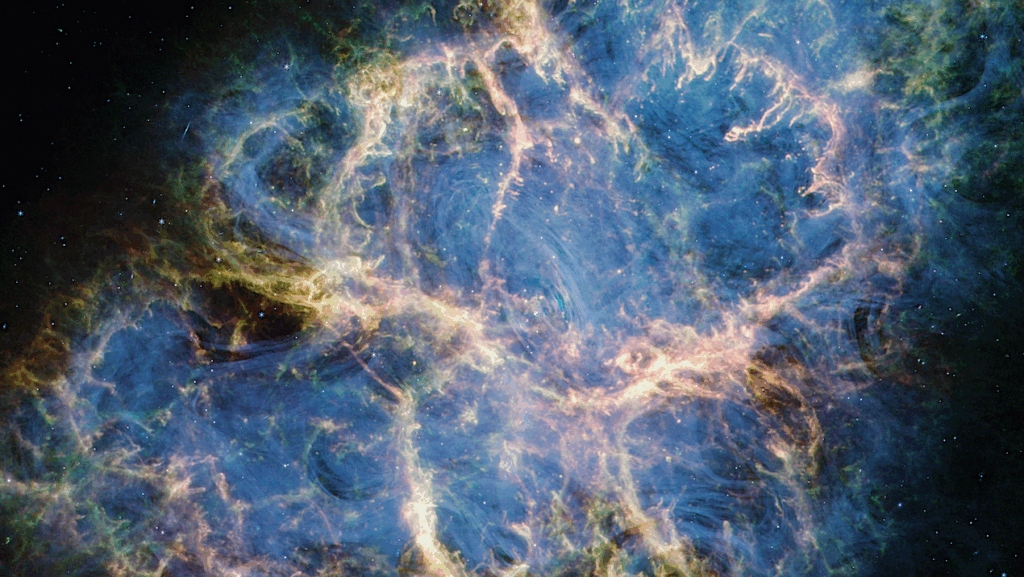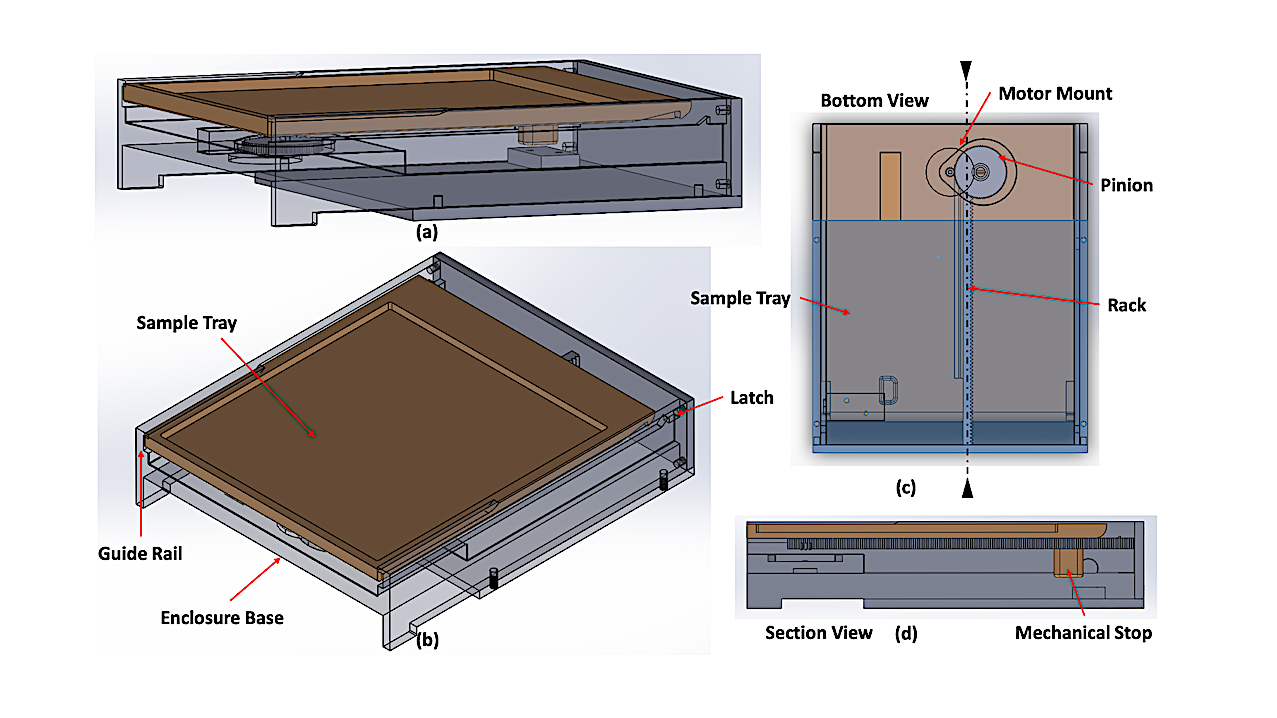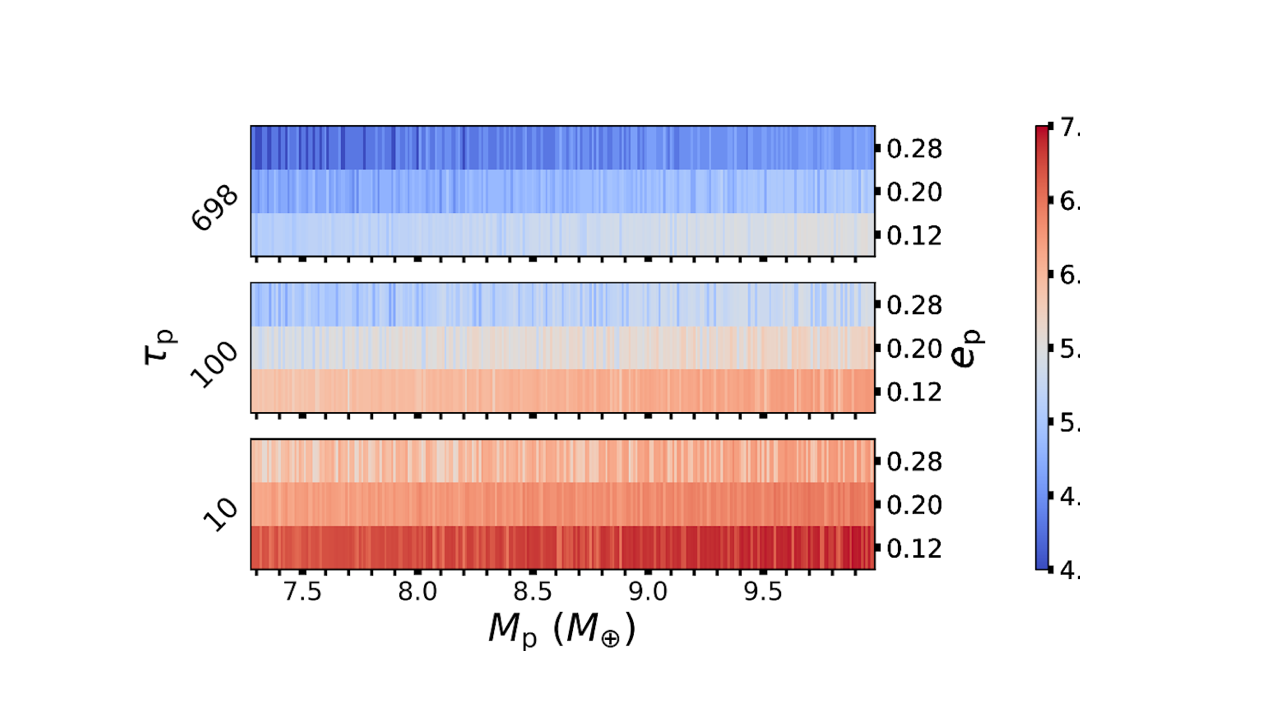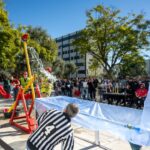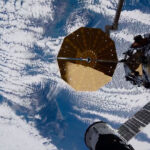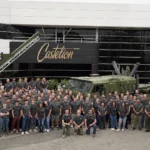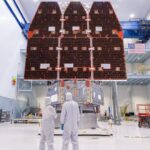Now Reading: SETI Post-Detection Futures: Directions for Technosignature Research and Readiness
-
01
SETI Post-Detection Futures: Directions for Technosignature Research and Readiness
SETI Post-Detection Futures: Directions for Technosignature Research and Readiness
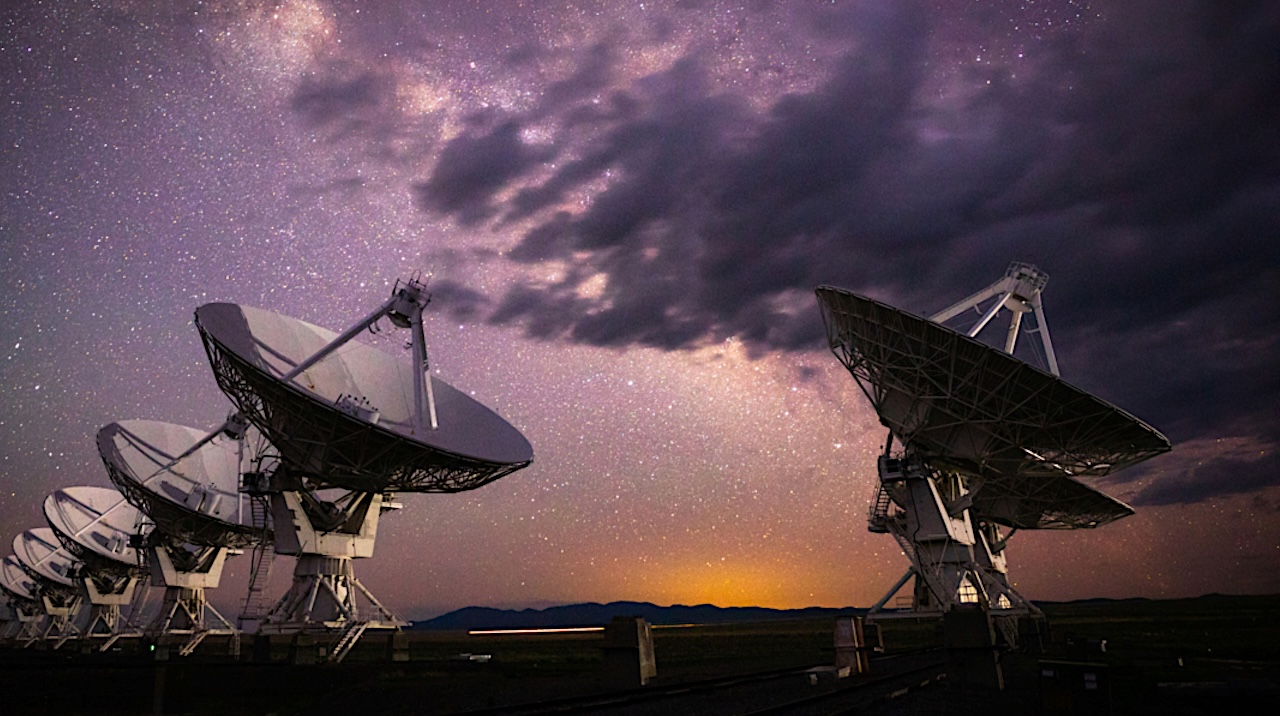

VLA Photo: Credit: NSF/NSF NRAO/AUI/B.Foott
This white paper highlights the work that is needed to anticipate the challenges and societal impacts of a possible technosignature detection.
We recommend practical steps to strengthen NASA’s astrobiology agenda, guided by the existing interdisciplinary framework of the SETI PostDetection Hub (est. 2022) at the University of St Andrews (Elliot et al. 2023), which emphasizes comprehensive preparedness across science, society, governance, and communication.
NASA can significantly enhance readiness by supporting deep interdisciplinary integration, funding SETI post-detection research infrastructure, and cultivating international collaboration.
We outline six key dimensions of readiness-directed evidence-based research: cross-divisional methodologies, humanities and social sciences integration, communication, strategic foresight, and development of resilient global infrastructures.
Kate Genevieve, Andjelka B. Kovacevic, John Elliott, Martin Dominik, Emily Finer, Kathryn Denning, Chelsea Haramia, George Profitiliotis, Carol A. Oliver, Anamaria Berea, Arik Kershenbaum, Daliah Bibas, Hannah Little, William H. Edmondson, Pauli Laine
Comments: White paper submitted to inform the NASA Decadal Astrobiology Research and Exploration Strategy (NASA-DARES 2025)
Subjects: Instrumentation and Methods for Astrophysics (astro-ph.IM); Physics and Society (physics.soc-ph)
Cite as: arXiv:2507.11587 [astro-ph.IM] (or arXiv:2507.11587v1 [astro-ph.IM] for this version)
https://doi.org/10.48550/arXiv.2507.11587
Focus to learn more
Submission history
From: Martin Dominik
[v1] Tue, 15 Jul 2025 14:24:30 UTC (8 KB)
https://arxiv.org/abs/2507.11587
Astrobiology, SETI, Technosignature, Astronomy,
Stay Informed With the Latest & Most Important News
-
 012024 in Review: Highlights from NASA in Silicon Valley
012024 in Review: Highlights from NASA in Silicon Valley -
 02Panasonic Leica Summilux DG 15mm f/1.7 ASPH review
02Panasonic Leica Summilux DG 15mm f/1.7 ASPH review -
 03How New NASA, India Earth Satellite NISAR Will See Earth
03How New NASA, India Earth Satellite NISAR Will See Earth -
 04And Thus Begins A New Year For Life On Earth
04And Thus Begins A New Year For Life On Earth -
 05Astronomy Activation Ambassadors: A New Era
05Astronomy Activation Ambassadors: A New Era -
06SpaceX launch surge helps set new global launch record in 2024
-
 07From Polymerization-Enabled Folding and Assembly to Chemical Evolution: Key Processes for Emergence of Functional Polymers in the Origin of Life
07From Polymerization-Enabled Folding and Assembly to Chemical Evolution: Key Processes for Emergence of Functional Polymers in the Origin of Life












